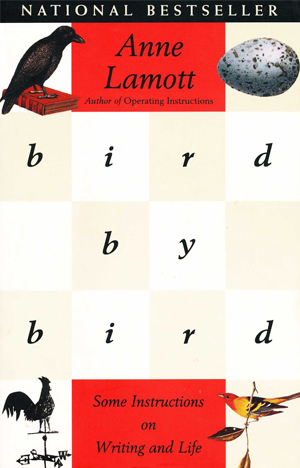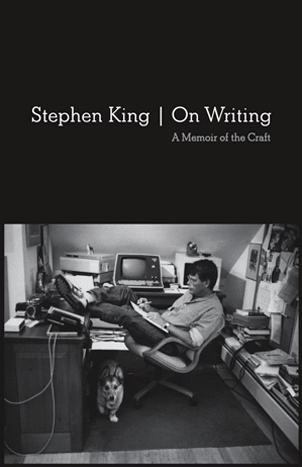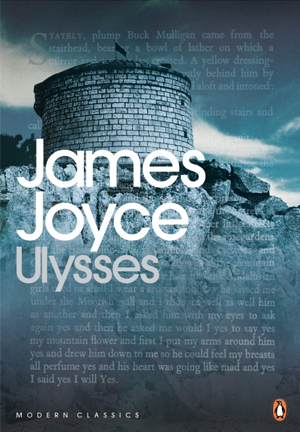 If you ask someone how to become a better writer, you will probably be told to read more. As with any creative discipline, you must be aware of the culture and history of your craft to become a conscious, progressive, and original artist.
But which books should you read? Surely, reading one great writer’s output can teach you more about style, tone, and form, than reading ten terrible novels?
In this post, we give you the 13 best books for aspiring writers. They say it takes 10,000 hours to become an expert. Start with the best advice for, and examples of, spectacular and innovative writing. Build on the foundations laid by the most successful writers in history.
If you ask someone how to become a better writer, you will probably be told to read more. As with any creative discipline, you must be aware of the culture and history of your craft to become a conscious, progressive, and original artist.
But which books should you read? Surely, reading one great writer’s output can teach you more about style, tone, and form, than reading ten terrible novels?
In this post, we give you the 13 best books for aspiring writers. They say it takes 10,000 hours to become an expert. Start with the best advice for, and examples of, spectacular and innovative writing. Build on the foundations laid by the most successful writers in history.
1. Everybody Writes: Your Go-To Guide to Creating Ridiculously Good Content
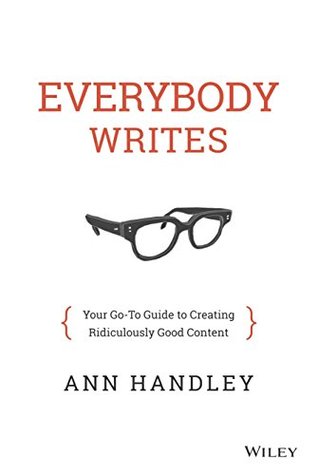
(Source: images.gr-assets.com)
Although specifically aimed at marketers and online content writers, the Go-To Guide to Creating Ridiculously Good Content offers general tips and examples of highly readable, written content, which any writer could find useful. We live in an age where we were all taught at school to write in a traditional, complicated, and academic manner. Yet, the internet changed things. It necessitated an easily-readable, clearly-punctuated, colloquial style that people could scan quickly to glean a high level of information. Building on her vast experience writing long-form content for the web, Ann Handley reveals insights on grammar, form, flow, pacing, and storytelling, with the aim of inspiring writers to take on a highly dynamic, nuanced but easily-readable approach to the written word.2. The Road
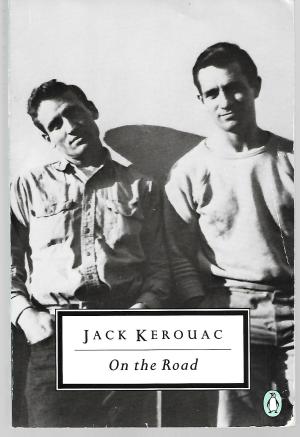
(Source: pictures.abebooks.com)
If you want to see the dedication it takes to be a disruptive, trailblazing writer, read On the Road. It was over three weeks during April 1951 that Kerouac taped together multiple 12ft-long pieces of paper, fed them into his typewriter, and embarked on a typing marathon. The resulting novel is one of the most successful of the 20th Century, still hailed as a favorite by many authors. It has become the most famous work to come out of the American “beat generation” of artists and thinkers, in which the complex, troubled subconscious of its author is ever-present. In contrast with many of the books on this list, it is an example of how sometimes the unedited, the raw, and the uncut diamonds are worth keeping.3. Bird by Bird: Some Instructions on Writing and Life
(Source: www.profkrg.com)
Bird by Bird, originally published in 1994, is half-memoir, half-guide, taking you through how to pursue and manage a writing life in the form of anecdotes from the author’s personal experience. Guidance from Lamott is most useful when she deals with psychological matters — how to motivate yourself as a writer, how to overcome writer’s block, how to organize your work, and what to focus on in drafting your content. Just seeing the world from the perspective of another writer’s story, their issues, and how they overcome them, can be an excellent source of motivation. But the insights about inner writing demons that Lamott provides are as relevant now as they were over 20 years ago.4. Daily Rituals: How Artists Work
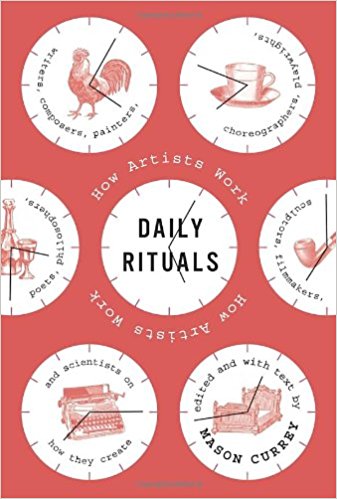
(Source: amazon.com)
In this unique approach to exploring artistic creativity and the behavior that goes with it, Currey describes the weird and wonderful habits of 161 famous artists that enabled them to break through obstacles self-inflicted and otherwise. More than anything, this is a book that impresses upon you the importance of finding your flow, your particular way of working. Whether it’s bathing, overdosing on amphetamines, waking up early, or staying up late, every artist exhibits specific quirks they use to hack their productivity and probe their imagination. Take a lighthearted look at the most “out there” quirks of the most famous writers and take the pressure off yourself for a while.5. On Writing: A Memoir of the Craft
(Source: images-na.ssl-images-amazon.com)
Whether you are a Stephen King fan or not, the tale of how his will to write helped him recover from his 1999 near-fatal accident will pull at the heartstrings of any artist committed to their craft. This book is not just a memoir though — it also functions as writing class 101. Though advice given on style points and grammar could perhaps be found in other writing guides, the way that King’s core “no b***sh*t” approach weaves through it gives it a unique centripetal force focused on readability and clarity. There is a lot to take away from here, including writing tips from one of the most celebrated authors of our contemporary era and anecdotal tales of the development and life of this public figure.6. The Last Draft: A Novelist’s Guide to Revision
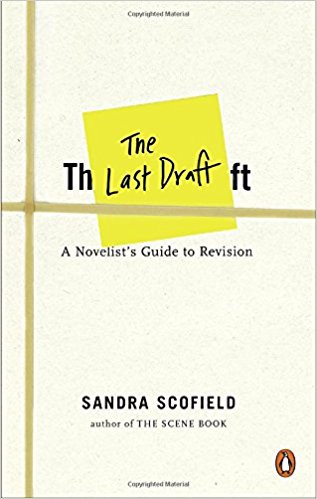
(Source: amazon.com)
Unless you are Jack Kerouac, your novel is not finished until it has been subjected to a thorough process of revision. In this wise and witty guide, award-winning author Sandra Scofield takes you through a number of examples from fiction new and old to show that the best approach to editing your final work is a thorough understanding of the “kind of book you want to write.” Not only does Scofield teach you actionable exercises to carry out while perfecting your writing, she shows you how to analyze and understand the characters, plots, and perspectives of other “model” works to form a deeper understanding of style through the history of the discipline.7. Ulysses
(Source: www.penguin.co.uk)
You might be wondering why we have included what many have called the “hardest novel to finish” on our list of books for aspiring writers. Ulysses’ greatest strength is not its plot but the way that it is told. Set in Dublin, Ireland, over the course of a single day, the novel follows three characters as they are involved in strange situations and surreal conversations. But the reason the story is so famous is that it is the epitome of modernist experimentation with linguistic form. This book is not only a masterpiece but an indicator of the creative possibilities for written language.8. The Forest for the Trees: An Editor's Advice to Writers
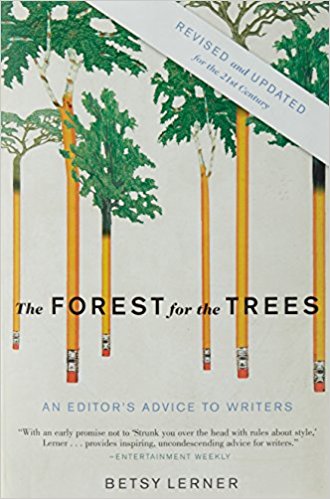
(Source: amazon.com)
As a novel writer, the highest hurdle between you and your readers has traditionally been the editor. Editors can be intimidating as an author. They are the gatekeepers of the publishing world and often, to success. In Forest for the Trees, respected and experienced editor Betsy Lerner reveals what editors really want, and how to increase your odds of not only getting published but getting published right. This treasure trove of advice and insider knowledge is a must-read for anyone submitting their manuscripts to editors. But even for self-publishing authors, this is an indispensable aid for ensuring the quality of your publications meets industry standards.9. Story Engineering
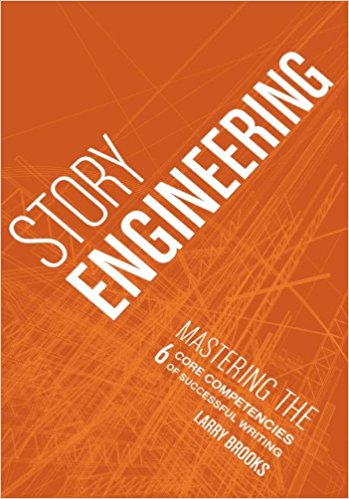
(Source: amazon.com)
Many writers are aware of the importance of planning and preparation. Nonetheless, few understand how to go about engineering their novel before writing up the first draft. Story Engineering is about the architecture of storytelling. Brooks introduces six core competencies which, in combination, he says, make up the bones of any successful novel. He teaches how to experiment with and lock down thematic and character-based elements, as well as how to develop style and scene construction. This is a great lesson in increasing productivity by implementing standard operating procedures into your planning stage, so nothing is amiss when you come to writing up.10. The War of Art
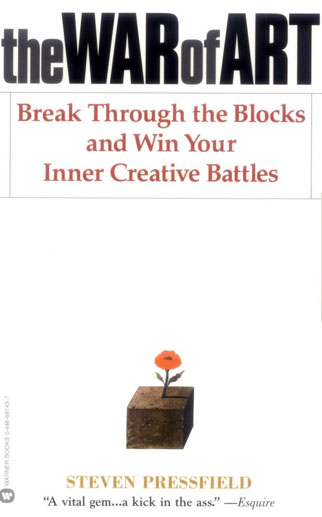
(Source: encouragementfromastranger.com)
This short read packs a lot of motivation. In 165 pages, Steven Pressfield dissects every reason you have ever had not to get something done and tells you how to resist them. According to the author, doubt, lethargy, and procrastination are signs that you are a writer - not a bad writer. He gives you techniques to combat these “roadblocks” and illustrates activities, situations, and other forces you can tap into to get your creative juices flowing. This is the perfect book if you want to step-up your writing to become a daily habit but don’t know how to get started.11. On Writing
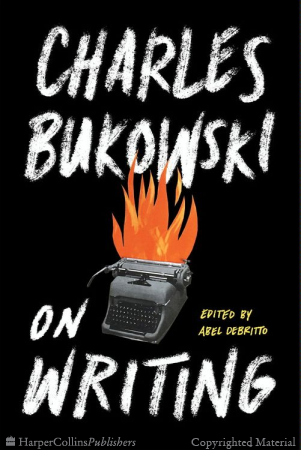
(Source: bi.hcpdts.com)
In this collection of letters to publishers, editors, and friends, Bukowski’s thoughts on writing, creativity, and art are revealed. Intelligent and to-the-point, the iconic author’s unique approach to the art of writing is hashed out in his own words over a series of correspondence that sheds light not only on Bukowski’s character but some of the absurdities of the art world. This is the perfect read for writer’s feeling downtrodden by the industry, providing a little perspective and light relief on the practice and culture of being a professional writer in a capitalist, industrialized world.12. The Sense of Style: The Thinking Person's Guide to Writing in the 21st Century
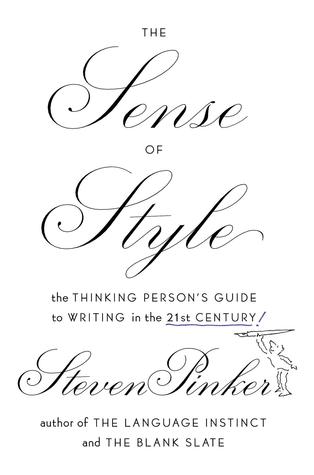
(Source: www.google.com)
In The Sense of Style, Harvard psychologist and linguist Steven Pinker covers all aspects of contemporary writing and how they contribute to the formation of style. This is one of the most informed and liberal writing guides there is. Pinker eschews the scolding tone and hard-and-fast rules of traditional style guides, offering up suggestions on how to use language to more precisely convey your message rather than adhere to immovable principles. He uses science, linguistics, and a multitude of great and terrible writing examples to convey the importance of matching how we write to what we want to express.13. Nobody Wants to Read Your Sh*t: Why That Is And What You Can Do About It
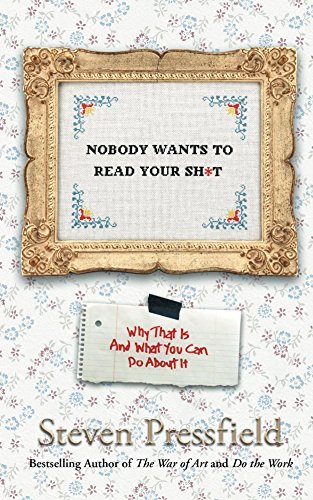
(Source: amazon.com)
“Nobody wants to read your sh*t” — this is the resounding message of Steven Pressfield’s masterclass on written content. Pressfield’s aim is simple: to provide his readers with the skills and the tools to flip back and forth between their perspective and the audience’s. Essentially, this means impressing upon them the importance of becoming a “ninja” editor, taking a critical approach to their writing with a degree of empathy for the people who will read it. This is an essential lesson in style and how to perfect it using an awareness of what your readers want, rather than according to some absolute law of “proper writing.”

